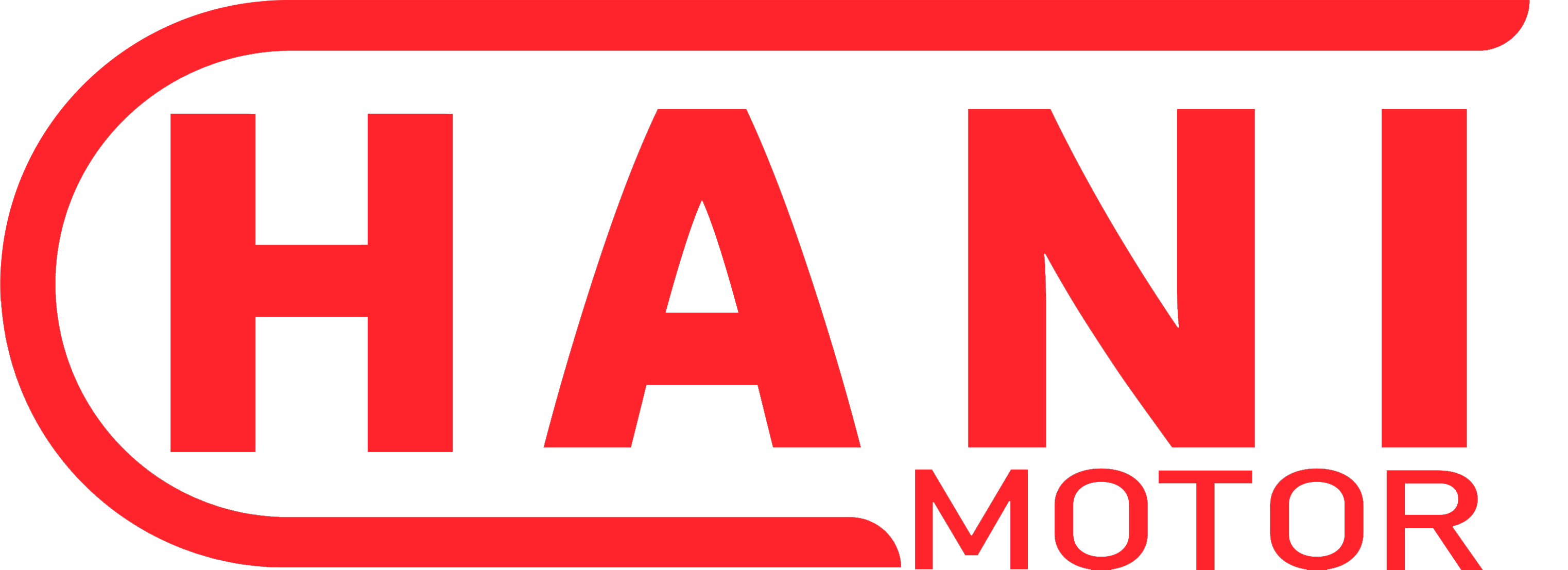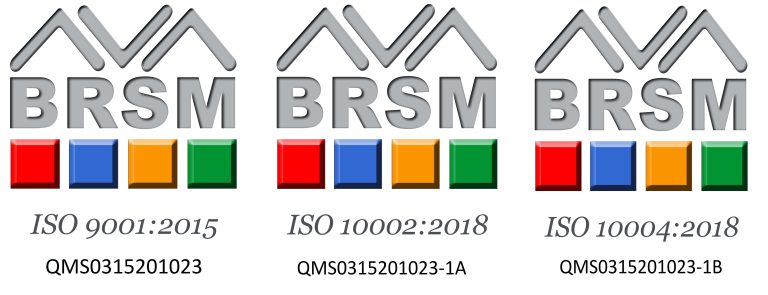[vc_row][vc_column][vc_column_text]
The regulations of Article 8 of the Clean Air Law will be announced soon
The new by-law of Article 8 of the Clean Air Law on the subject of the age of worn-out vehicles and determining the criteria for scrapping, with the proposal of the Environmental Protection Organization and other relevant agencies, has been reviewed by government commissions and will be announced soon.
According to ISNA, the bylaw of Article 8 of the Clean Air Law had already been annulled by the ruling of the Administrative Court of Justice, and as a result, several problems had arisen, including the uncertainty of the issue of scrapping the worn-out fleet. This was exacerbated by the abolition of the criterion for scrapping the worn-out fleet with the annulment of Article 8 of the Clean Air Law on decommissioning the worn-out fleet.
Mohammad Mehdi Mirzaei Qomi – Head of the National Center for Air and Climate Change of the Environmental Protection Organization – on the subject of Article 8 of the Clean Air Law and its regulations stated: According to the Clean Air Law – approved in August 2017 and notified to the government – All natural and legal persons who own motor vehicles, including light, semi-heavy, heavy, and motorcycles, are obliged to discontinue their vehicles after reaching the age of exhaustion, and to take responsibility for this, at one of the domestic insurance companies under Supervise central insurance.
He continued: Determining the age of wear and insurance of all types of motor vehicles is the subject of this article based on regulations that within a maximum period of three months after the notification of the Clean Air Law on the joint proposal of the Environment Organization and the Ministry of Industry, Mines and Trade The Central Committee of the Islamic Republic of Iran was approved by the Council of Ministers. Accordingly, the transportation of cargo and passengers, the issuance of technical inspection certificates, the allocation of third party insurance, the purchase and sale, transportation and traffic of worn-out motor vehicles were banned.
Mirzaei Qomi continued: “Therefore, the traffic police was obliged to fine worn-out vehicles for each day of traffic, including the entry and traffic of unauthorized vehicles on the roads, areas and areas that have been declared prohibited.” On the other hand, according to the Clean Air Law, by-laws on determining the age of wear and tear had to be drafted by the government and specified the duties of worn-out vehicles.
The head of the National Center for Climate and Climate Change of the Environmental Protection Organization stated that following this issue, the by-law of Article 8 of the Clean Air Law (old version) approved by the Cabinet on October 9, 2016 was clarified: In this bylaw for each type of vehicle Burnout was determined. Thus, the criterion for banning traffic and scrapping worn-out cars was their age, but after the approval of Article 8 of the Clean Air Law in 1397, a citizen explained that setting the age of the vehicle as the only effective factor in car wear causes damage. And the owners of the car are harmed, he filed a lawsuit in this regard.
He pointed out that following this issue, the bylaws of Article 8 of the Clean Air Law were annulled by the ruling of the Court of Administrative Justice based on the opinion of the jurists of the Guardian Council during the last year. In order to continue the activity of cars, including non-polluting, the application of decommissioning cars only after reaching the age mentioned in the decree, was considered illegal due to waste and squandering the rights of owners, so this regulation was annulled by the Court of Administrative Justice.
Mirzaei Qomi continued: “After that, the new draft of this regulation was sent to the government by changing the approach by the Environmental Protection Organization and taking advice from other agencies.” The new regulations define two types of age of wear and tear for different types of vehicles. When the vehicle reaches the age of wear and tear, it needs more care and repair, and the number of annual technical inspections and related annual tolls should be increased.
According to him, if the vehicle is not able to pass the technical inspection tests due to reduced performance and loss of pollution control and safety components, it will be considered worn out and subject to the restrictions mentioned in the text of Article 8 of the Clean Air Law. In fact, if the vehicle is under regular and proper care and maintenance, it can continue to drive, provided it is able to obtain a technical inspection. Otherwise it should be decommissioned and scrapped.
The head of the National Center for Climate Change and Climate Change of the Environmental Protection Agency stressed that this regulation does not negate the duties of relevant agencies such as the Ministry of Interior and municipalities in modernizing the public transport fleet. Renovate your covered fleet. Because government vehicles are less well maintained than private cars in terms of quality of maintenance, the age limit for state-of-the-art vehicles is lower than that of private vehicles, so government vehicles at a younger age are subject to an increase in the number of annual technical inspections.
In the end, Mirzaei Qomi said: the issue of scrapping vehicles is still ongoing and has not been ruled out. In this regard, in accordance with the regulations of Article 2 of the Clean Air Law, in exchange for numbering the vehicles of the new diesel fleet and motorcycles, manufacturers and importers are obliged to scrap the same vehicle.
End of message
News source: ISNA
[/vc_column_text][/vc_column][/vc_row]


